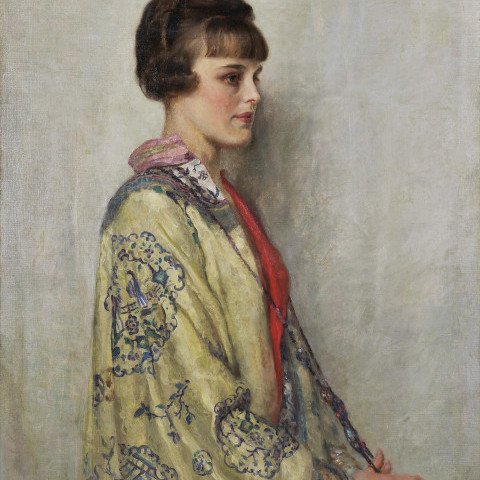Born at Barrow in Furness, Broadhead moved to Firvale in the suburbs of Sheffield when still a very young boy; he was first educated at the Central School, Sheffield and then at Sheffield School of Art. From here he was awarded grants to study at the RCA in London. As a child he learned to ride and his life-long love of horses began.
In 1911 he went to Canada to work as an illustrator for a firm of lithographers. A year later he moved to New York where he worked for a magazine called Judge, and for this publication he was sent to work in Europe. At the outbreak of World War I he was in Germany; with difficulty he returned to England where he joined up with in Edward's Horse. He spent three years fighting in France before being invalided home, and resigned the regiment in 1920.
For the next fourteen years Broadhead worked in London, and his love of horses and connections in the horse world led to commissions to paint many equestrian portraits, one of the most famous of these being Brown Jack. During this time he regularly exhibited at the RA.
In 1934 he returned to the USA where he worked regularly for Harper's Bazaar, Cosmopolian Magazine and Good Housekeeping. In 1937 he had a one man exhibition at the Howard Young Galleries in New York. During this period he continued to paint equestrian portraits and soon began to establish a reputation.
In 1938 Broadhead returned to England where he joined the Home Guard. In 1947 he once more returned to America this time settling in California, where had another one man show in Los Angeles. In time he became one of the most highly regarded equestrian painters in America. He did, however, receive criticism from some for his bright colouring. He was particularly interested in depicting different light effects and tended to use very bright colours for the horses' coats. Apart from this he was a good draughtsman who had a feeling for texture and painted fine landscapes.

